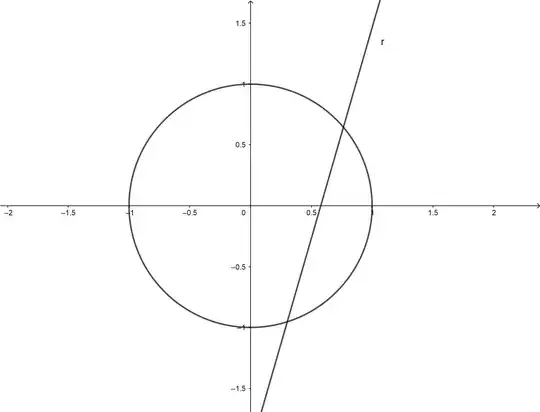I believe the way to solve the following equation is to use the "R-formula":
$$ \sqrt{3}\cos(2x) - \sin(x)\cos(x) = 1 $$
If so, it should be rewritten as:
$ R\cos(x-\mathcal{L})$ or $R(\cos x\cos\mathcal{L}+\sin x\sin\mathcal{L})$.
With coefficients equated as:
$ \sqrt{3} = R\cos\mathcal{L} $
$ ? = R\sin x $
In the top equation, it looks like $ \cos x $ is the coefficient of $ \sin x $. But that doesn't work with R-formula (does it?).
I have spent some time trying to use double-angle identities for $\cos(2x)$ to remove something from the $\sin(x)\cos(x)$ expression, but am uncertain whether that's possible due to the leading $\sqrt{3}$.
I have also taken several suggestions from threads like this one, but repeatedly end up uncertain due to the same double-angle issue and/or coefficient issue.
Is R-formula the right approach to solving this equation? Should a double-angle identity be used first? Or is an entirely different approach correct?
